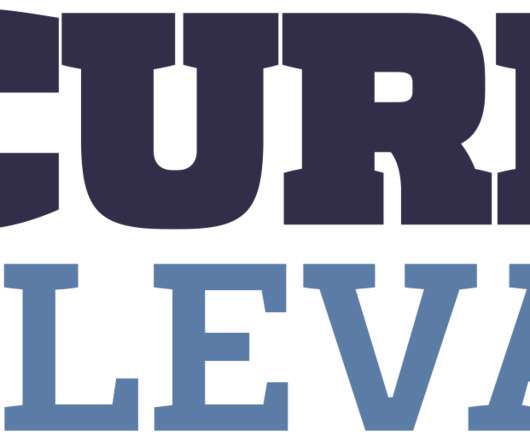MartyMcFly Malware: new Cyber-Espionage Campaign targeting Italian Naval Industry
Security Affairs
OCTOBER 17, 2018
Using an encrypted payload is quite a common way to evade Antivirus, since the encrypted payload changes depending on the used key. According to VirusTotal the software was “seen in the Wild” in 2010 but submitted only on 2018-10-12! And why the attacker used an encrypted payload if the victim cannot open it?












Let's personalize your content